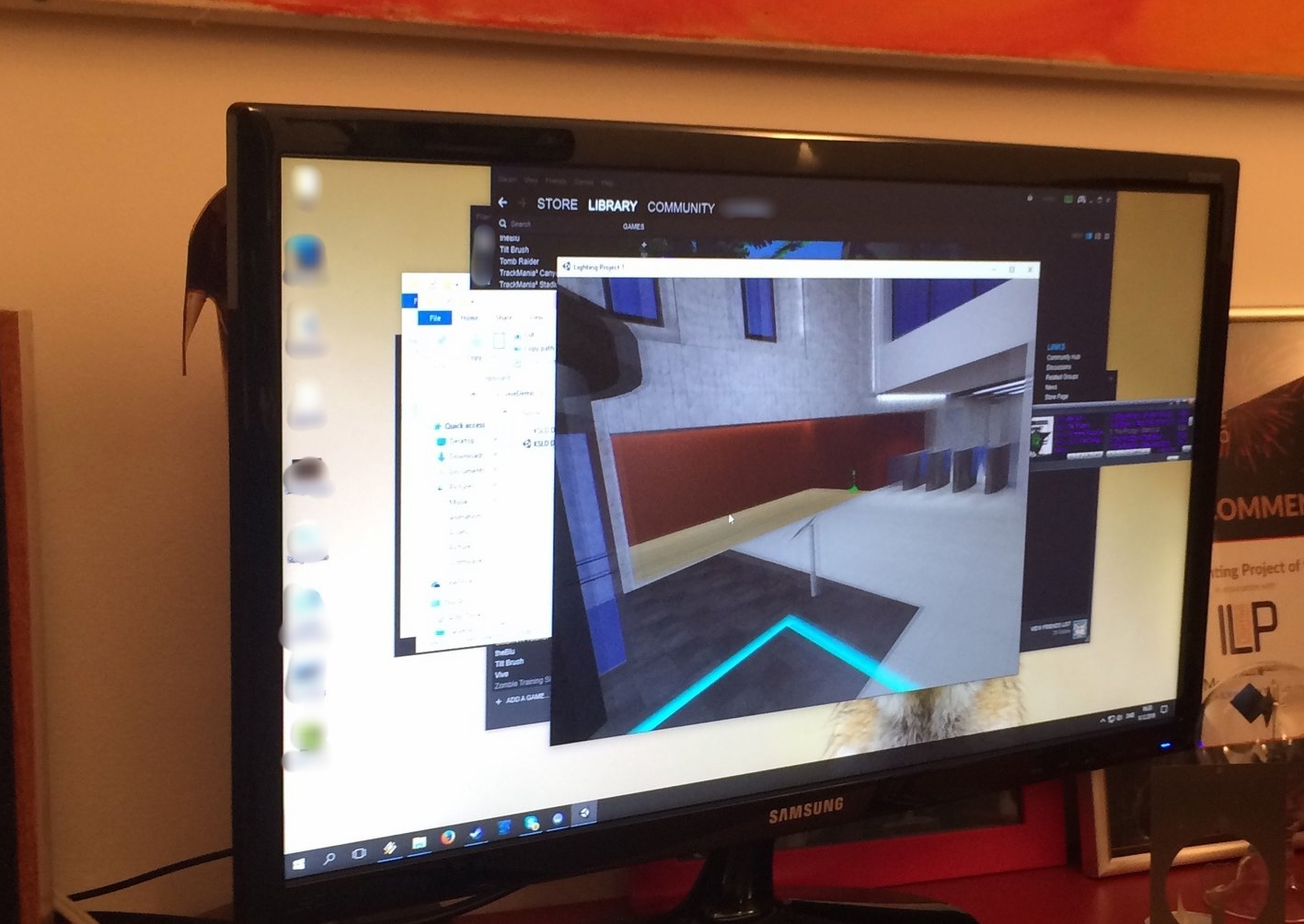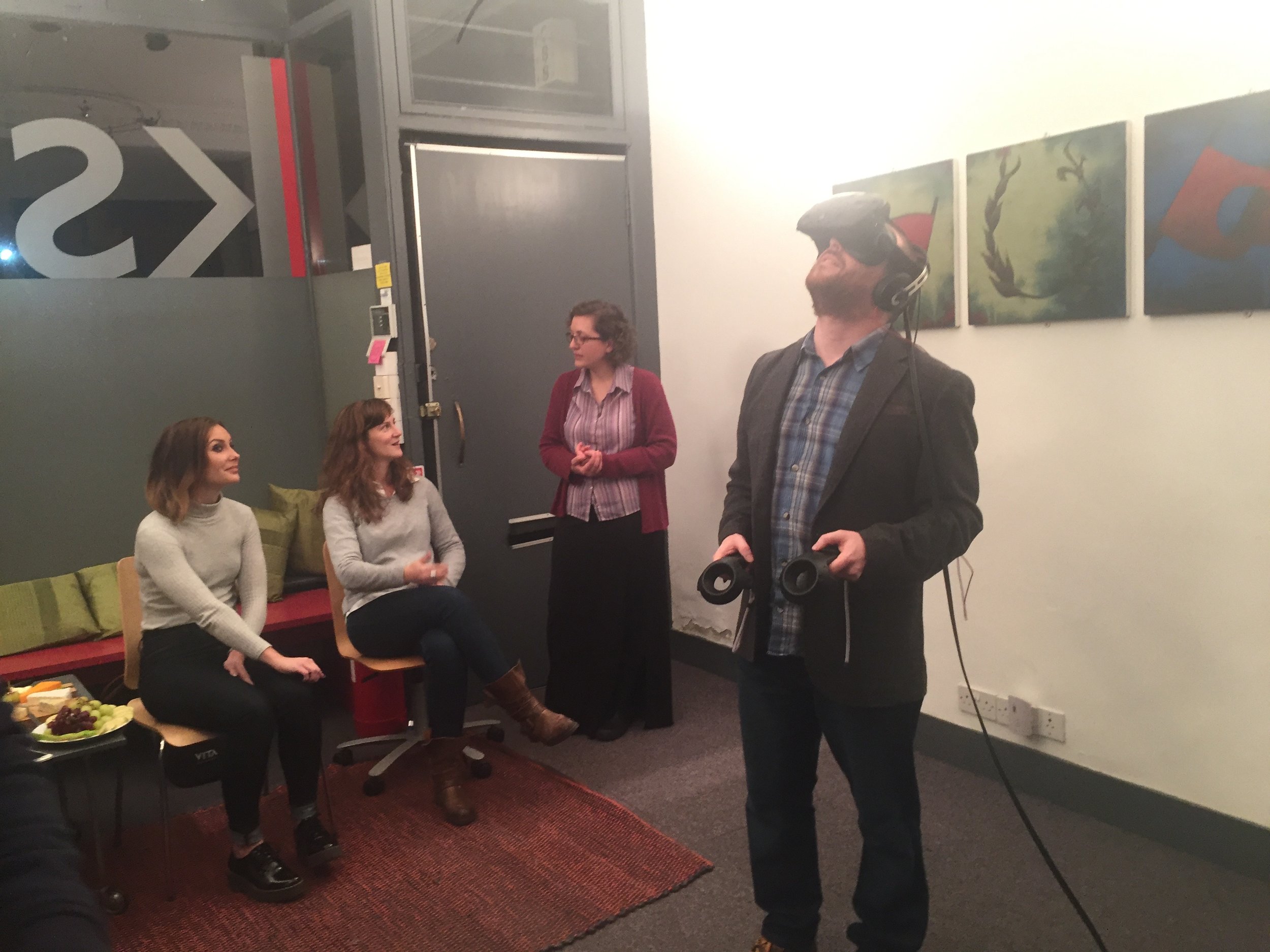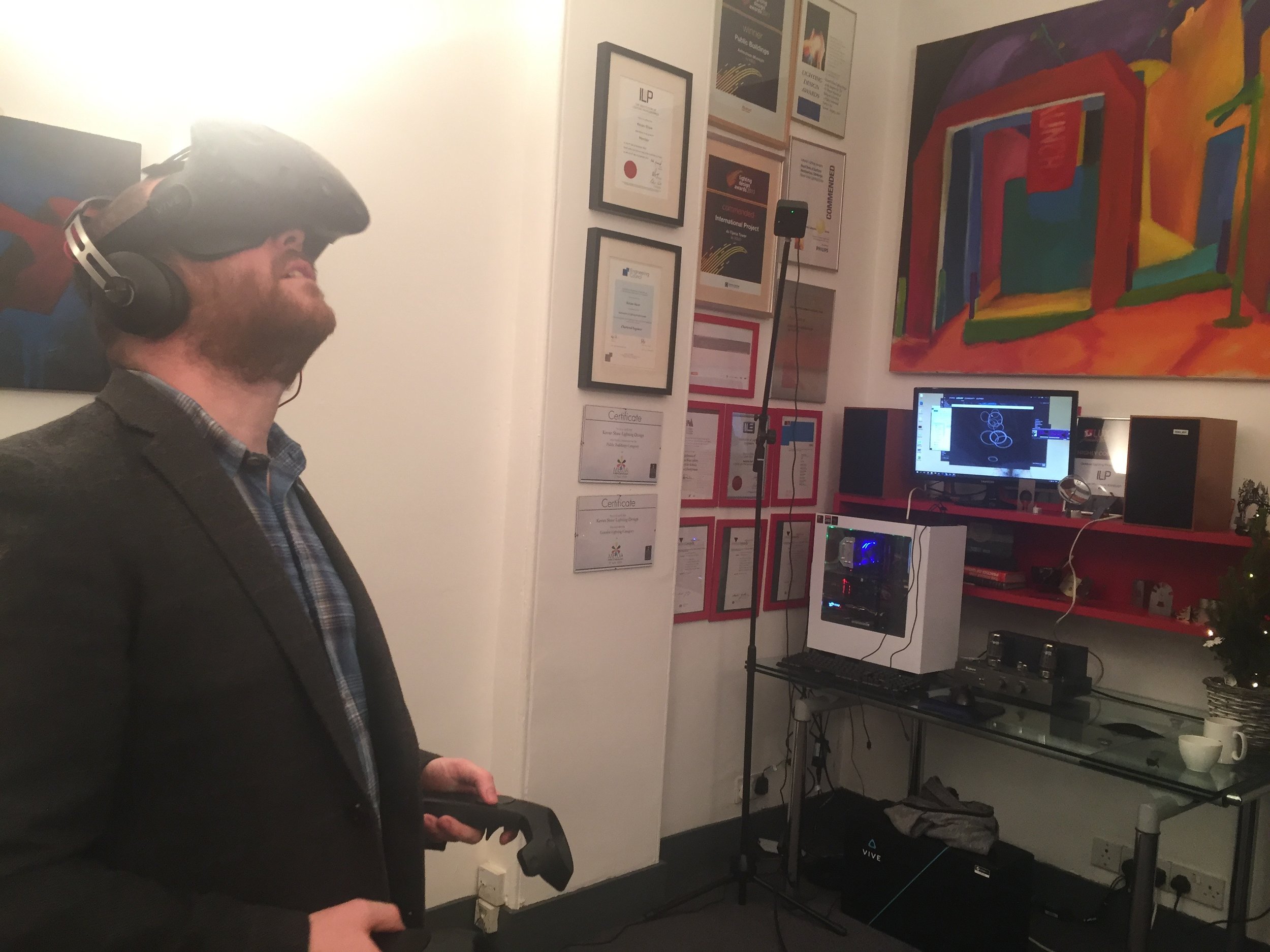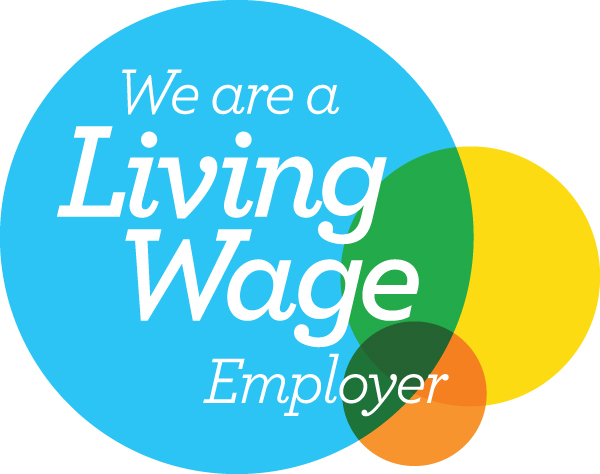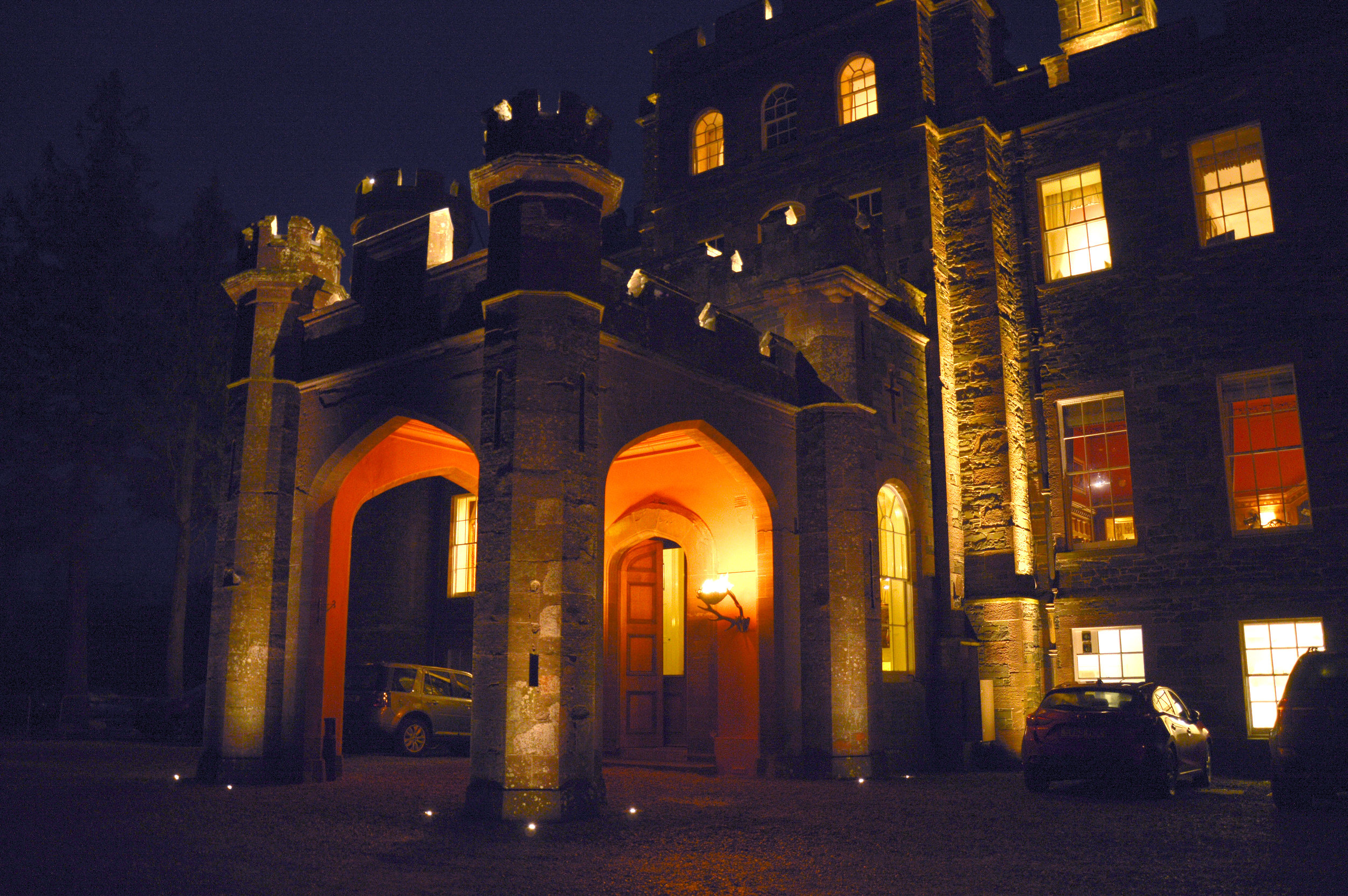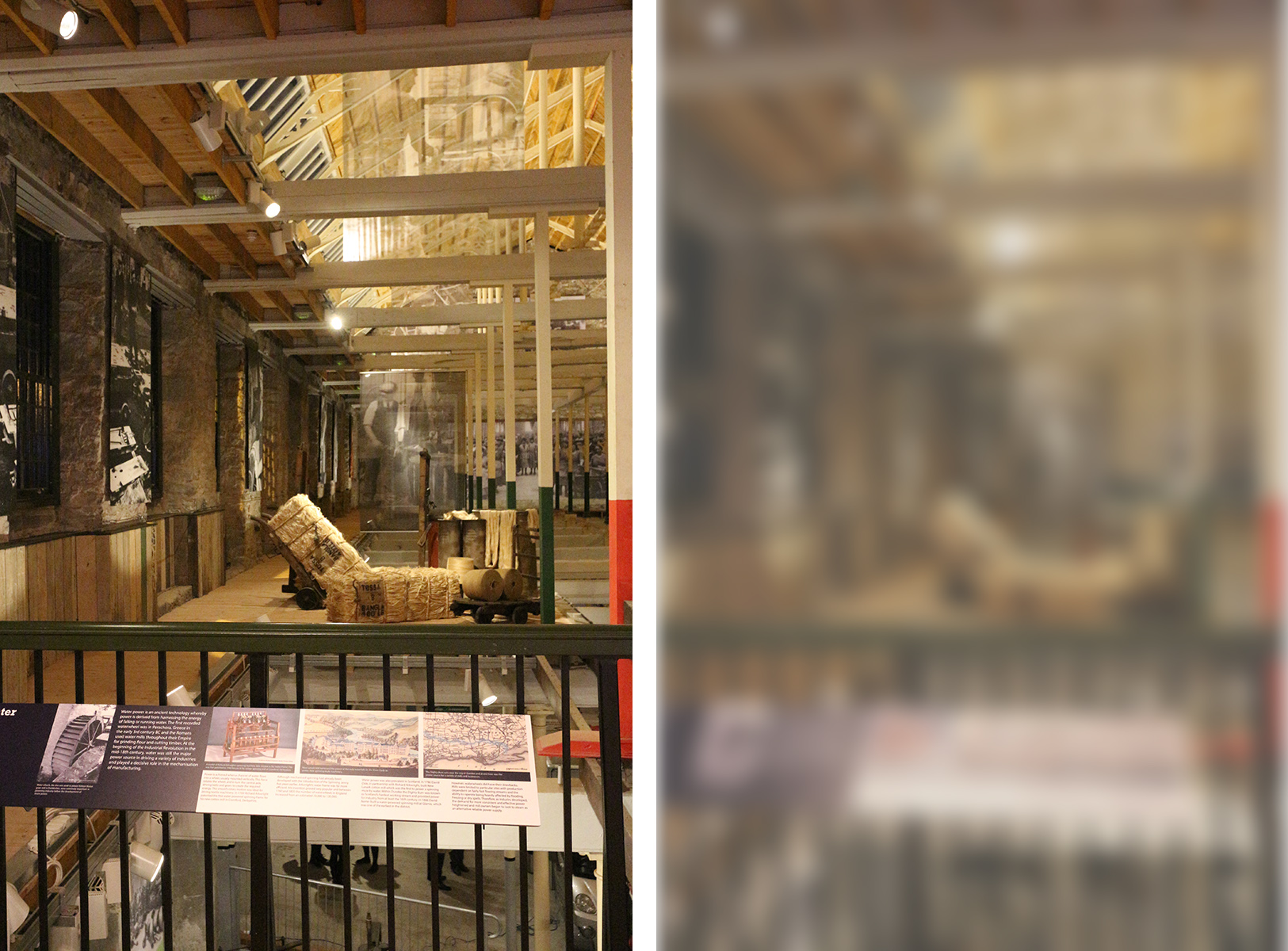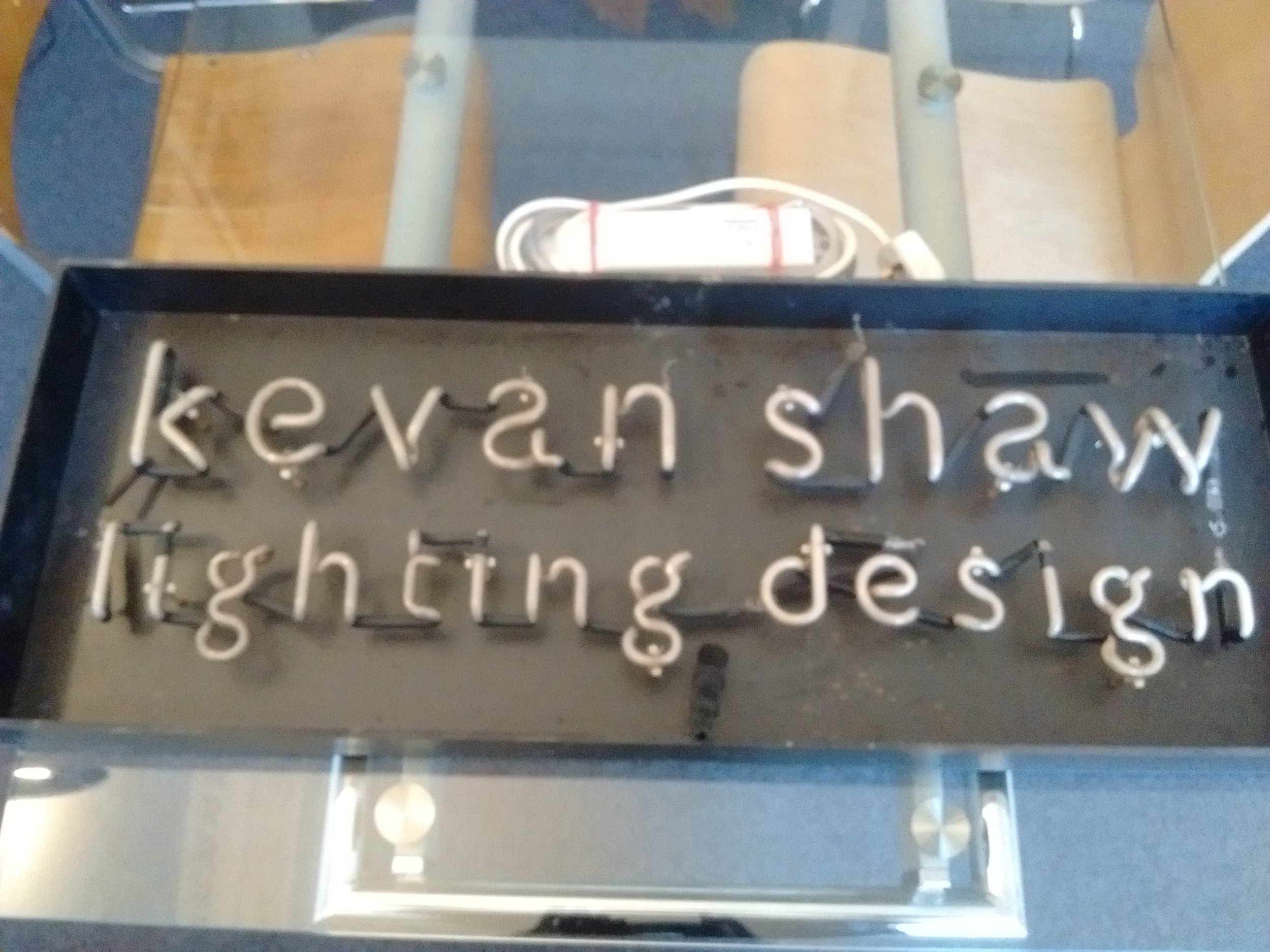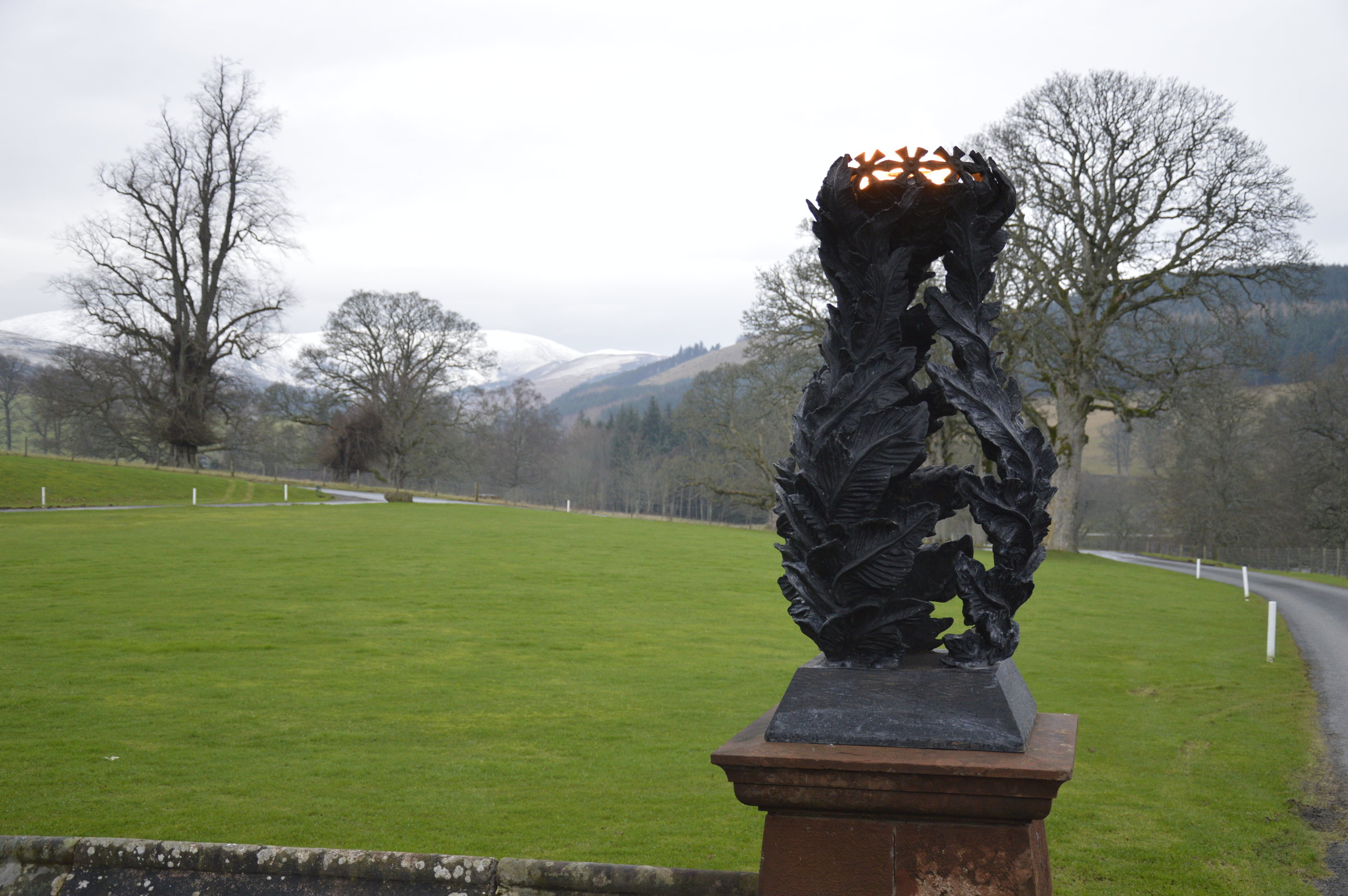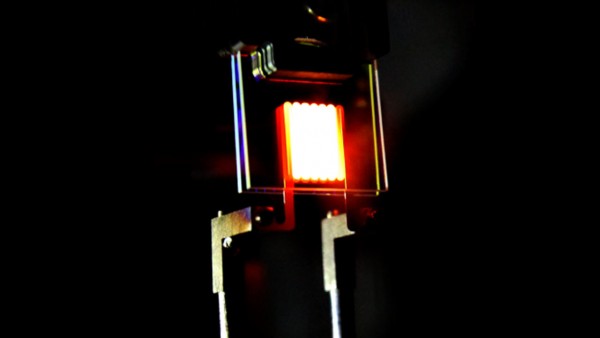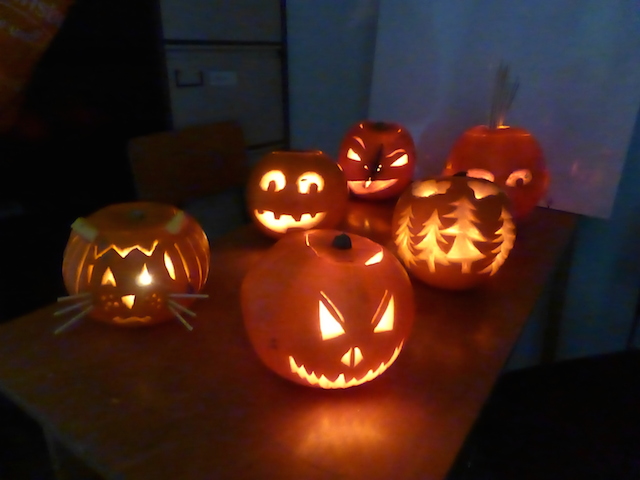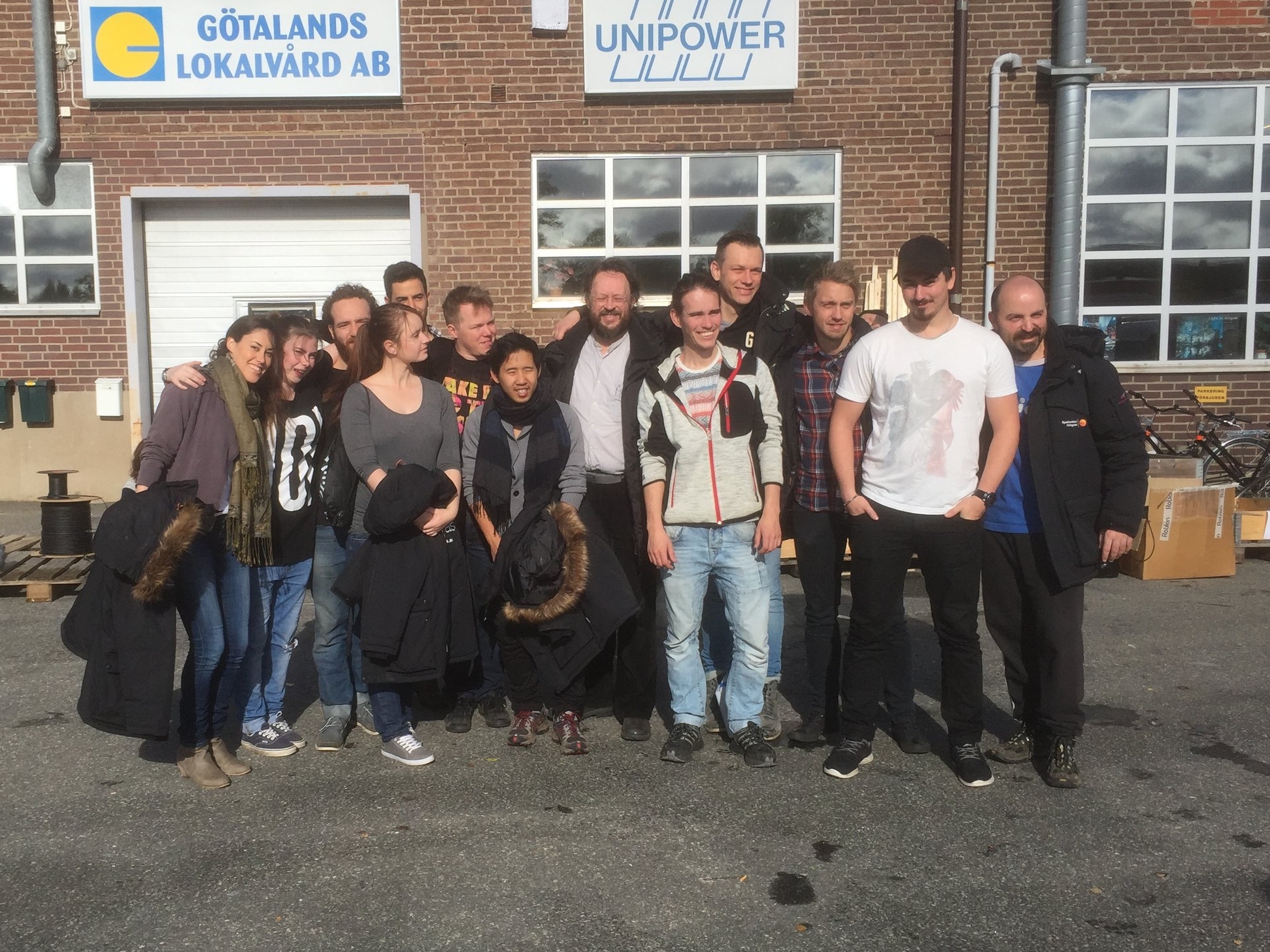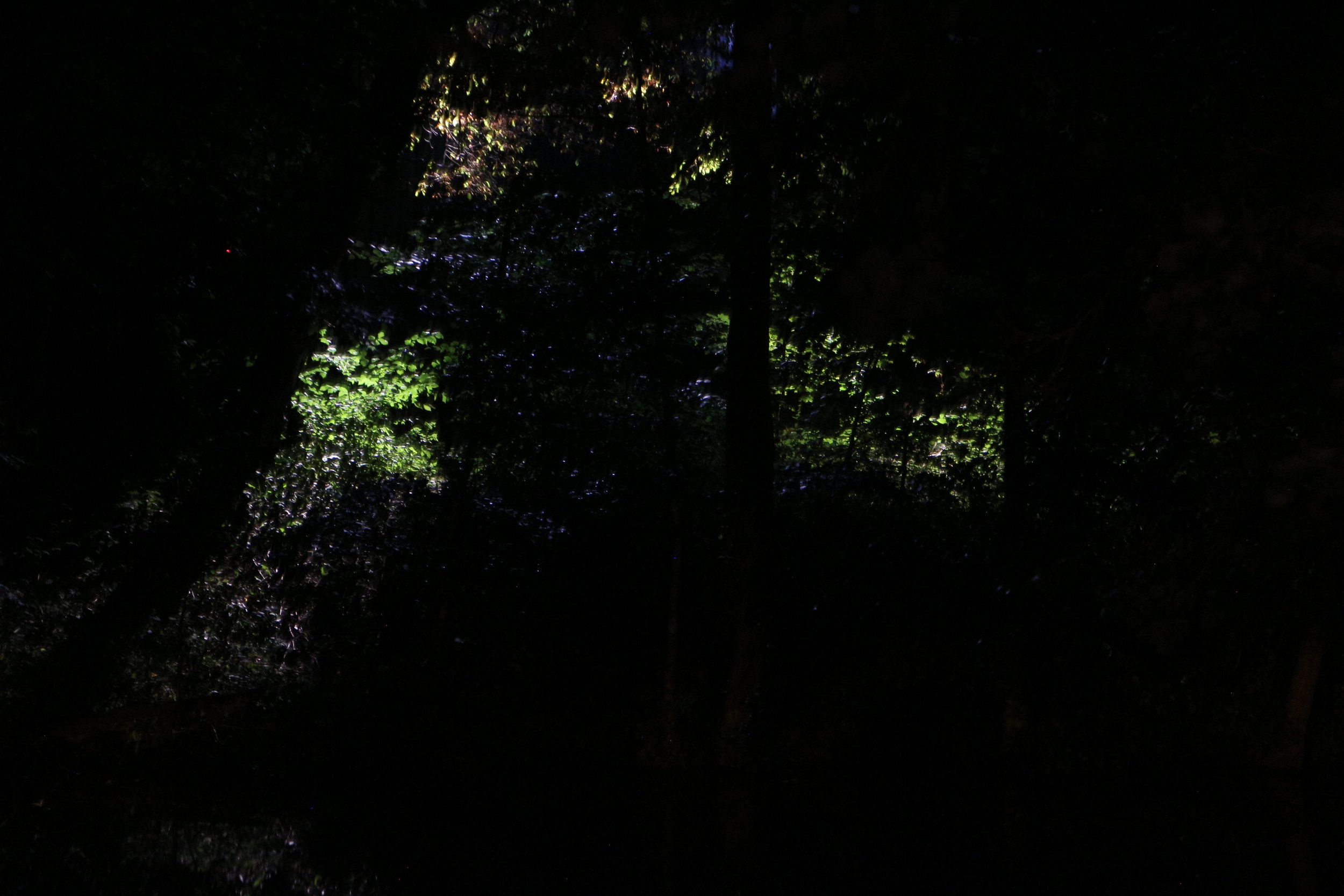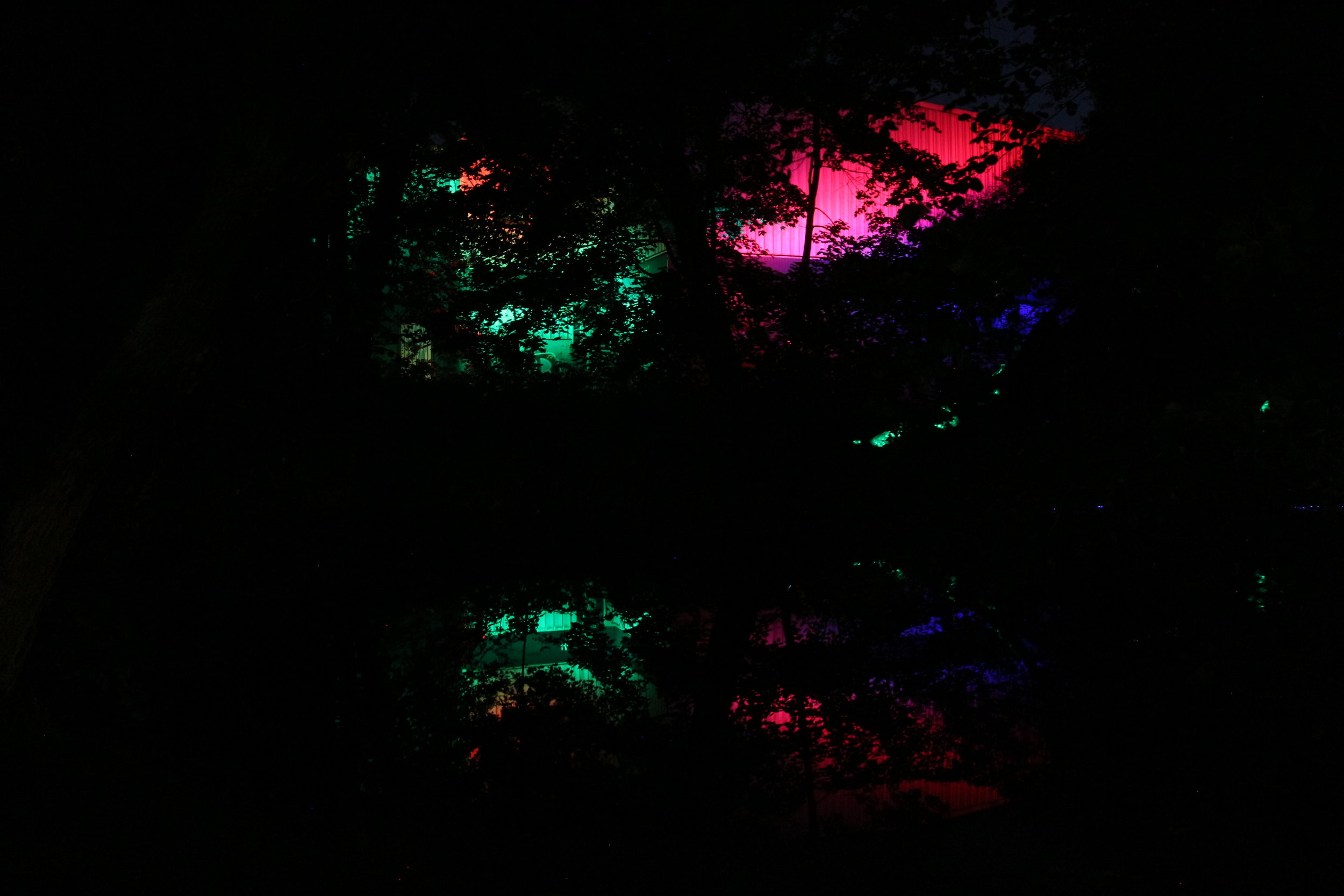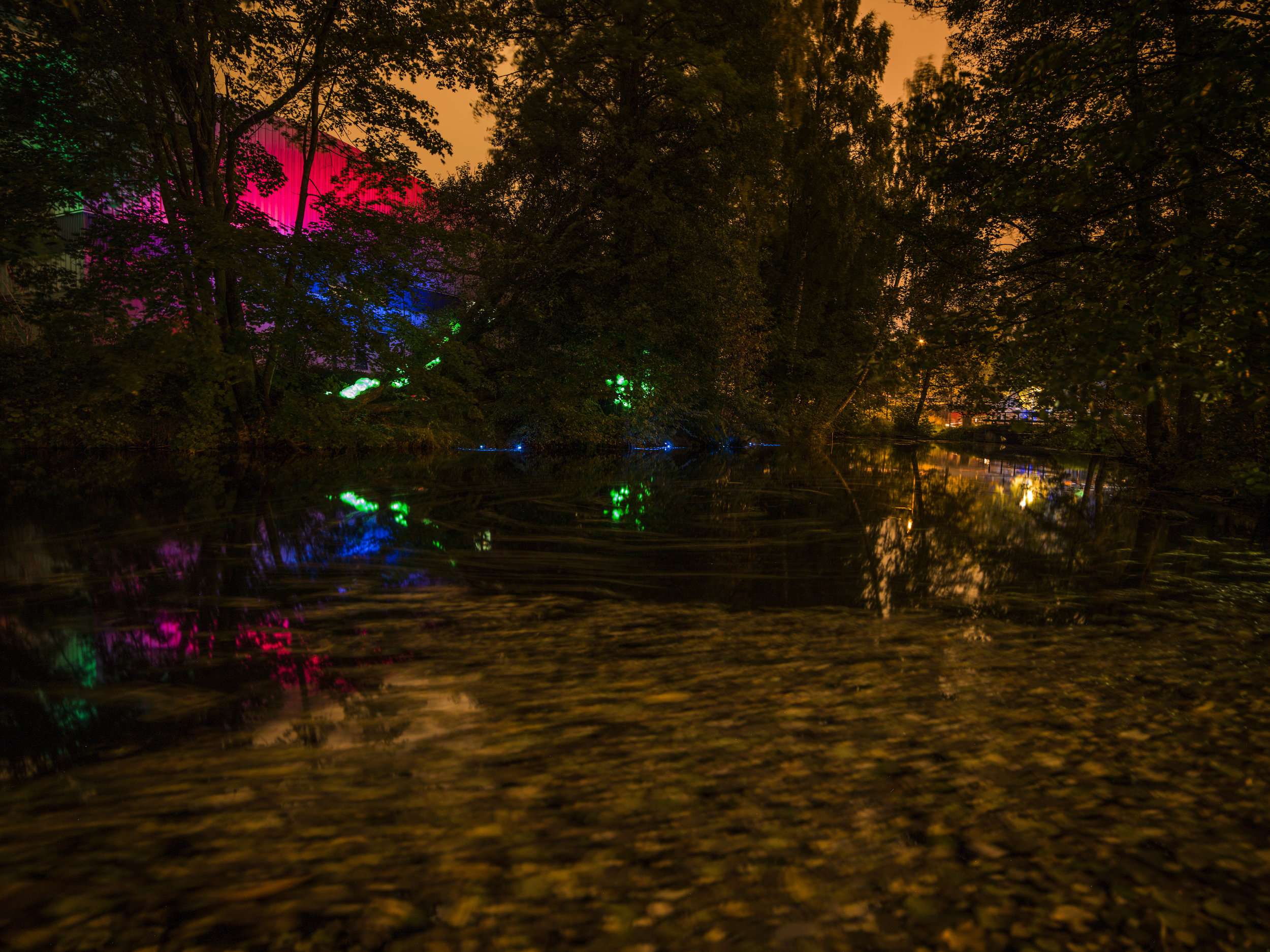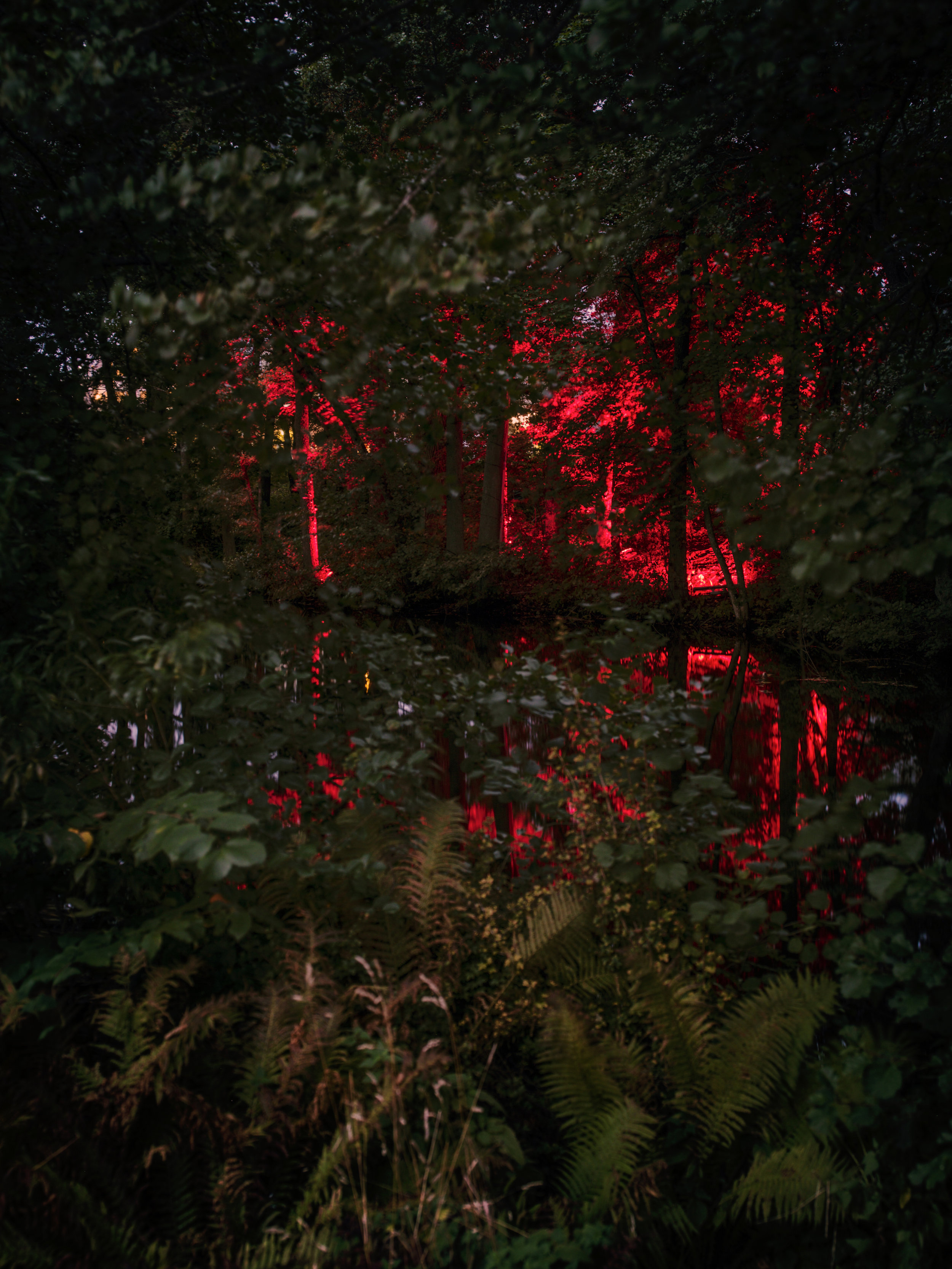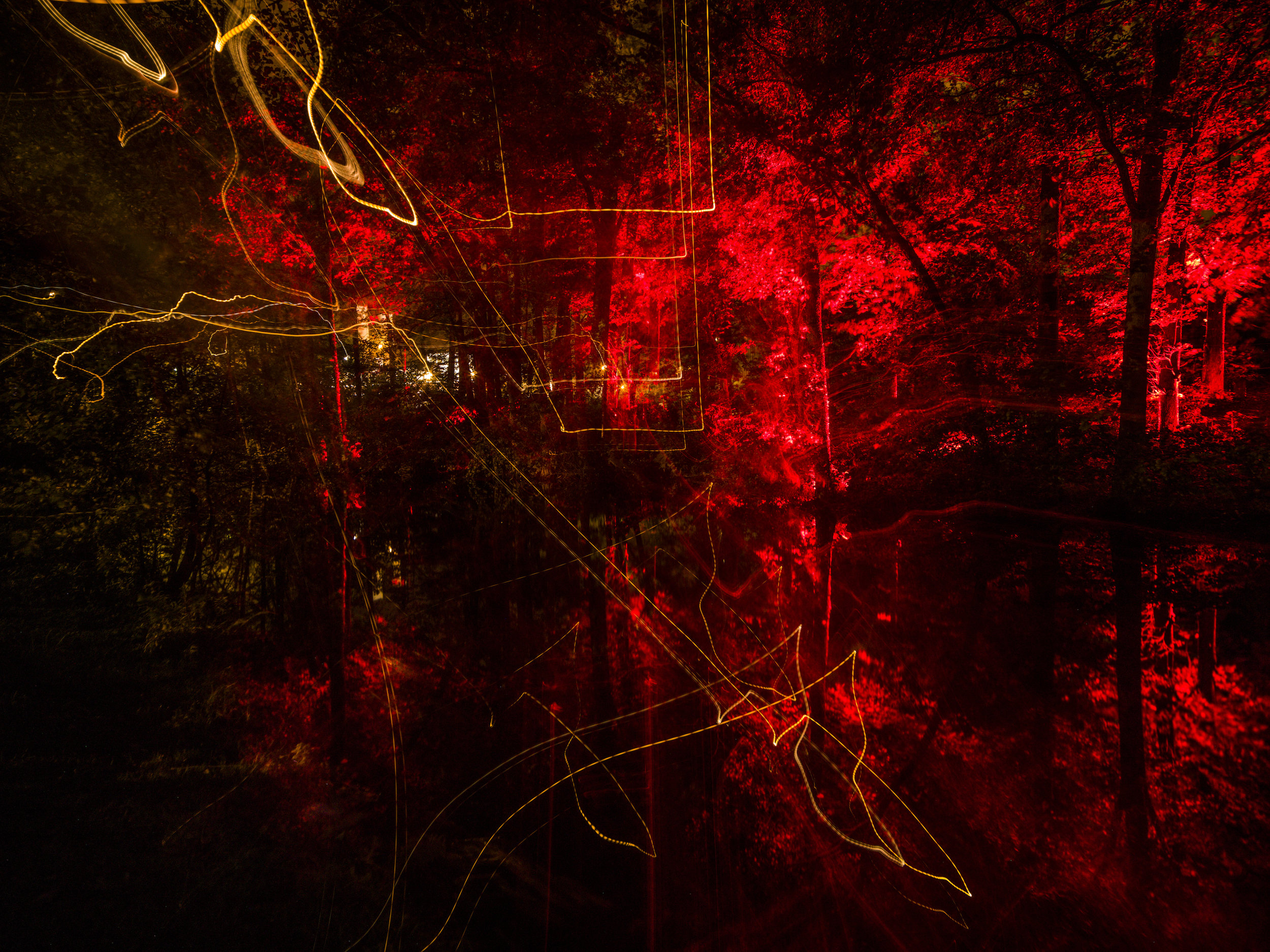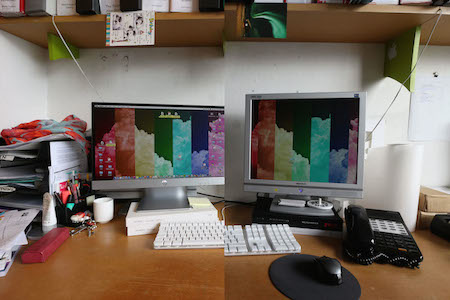The first thing you need to do is walk all the way around your property in the dark, with all your current lighting on in its normal setting. As you walk, you need to look for the following things:
1) Are all the lights working?
You’d be amazed how many properties have rubbish lighting simply because a lamp or two has gone out and not been replaced. If you notice a light out, or a location that is too dark, the first thing you need to do is call your electrician to either replace the lamp or repair the fixture. This does not need to be an expensive exercise, and keeps your property clean and attractive. If your fixtures are so old that you cannot replace the lamps, contact a lighting designer or manufacturer to help you find out which fixtures are appropriate for your property.
2) Are all the lights the same colour temperature?
It’s a little appreciated fact that different lights have slightly different colours of light. In LEDs, the distinction is usually between “cool” white and “warm” white. Having a row of cool white lights with one warm white light in the middle can really frustrate people. Again, you should be able to fix this easily by simply buying the correct lamp for your fixtures.
3) Do any lights shine directly in people’s eyes?
When you look at the fantastic oil painting on the wall, or when you sit in the chair in the sitting room, is there a light shining right into your eyes? Why is it doing that? Is it trying to light something else? Did it slip and get crooked? Try seeing if you can point the fixture in a different direction. If you’re really stuck, a quick consultation with a lighting designer should be able to resolve any minor problems without a whole redesign.
4) Are the correct things and places lit?







